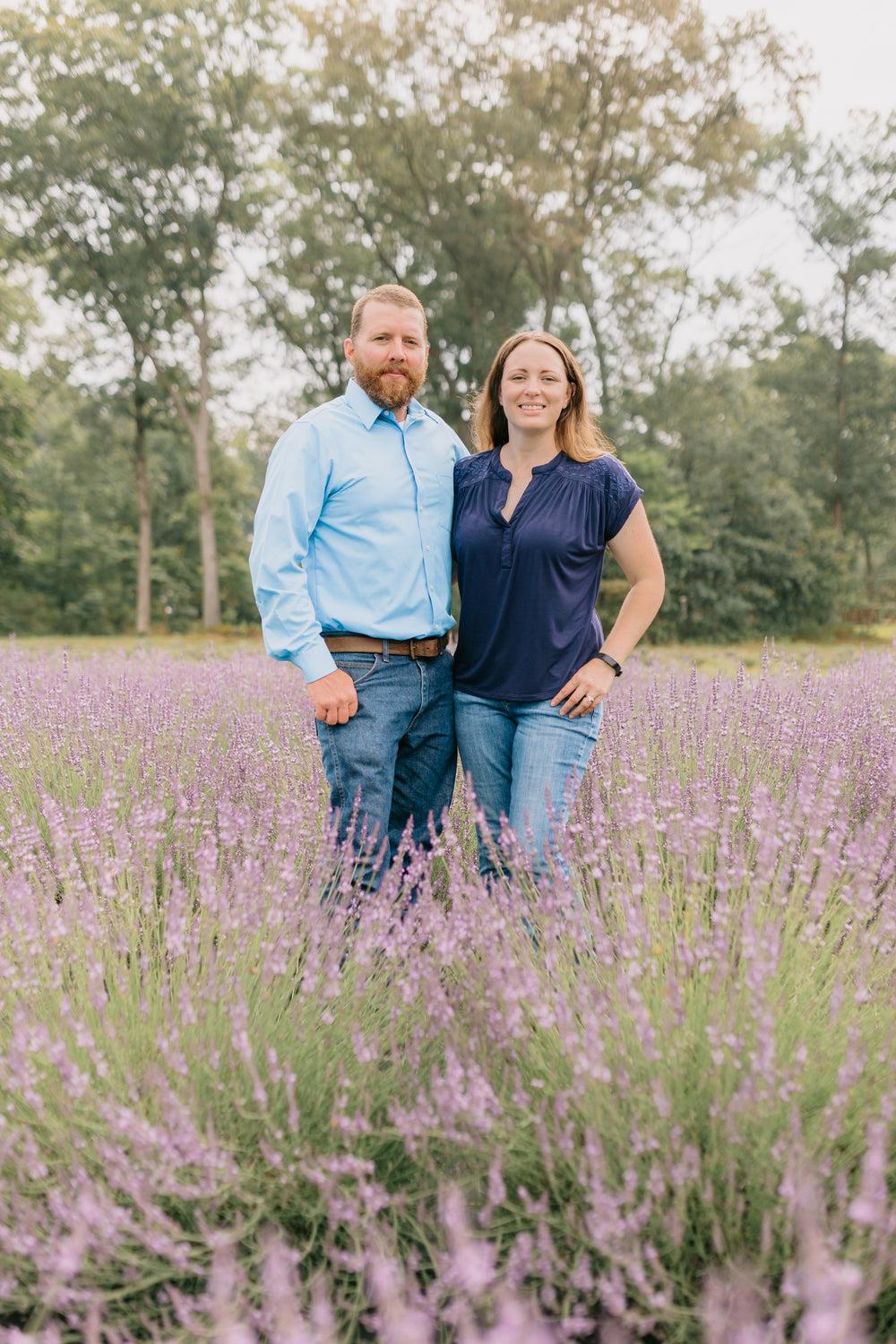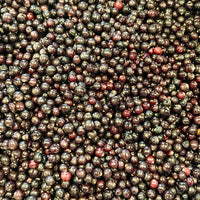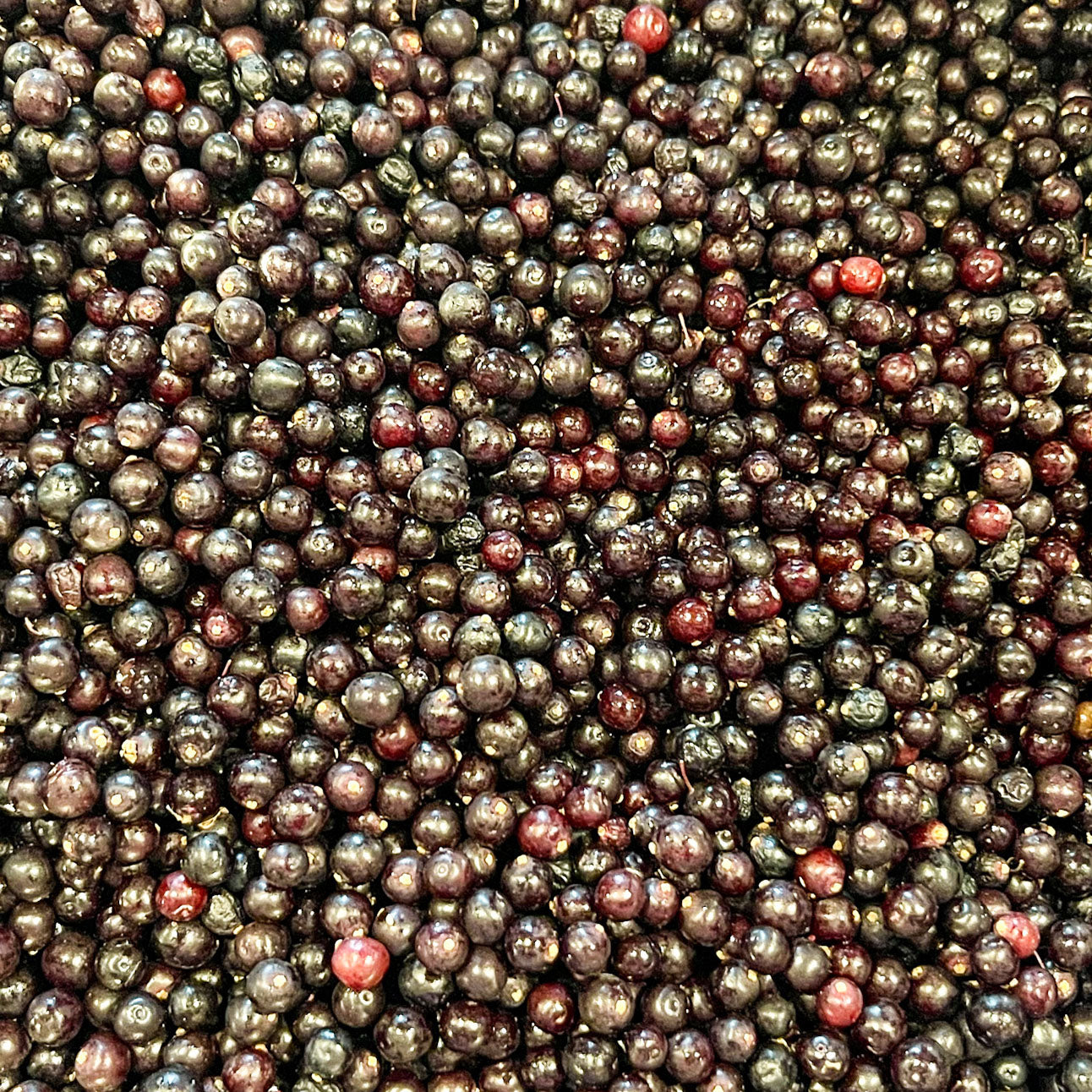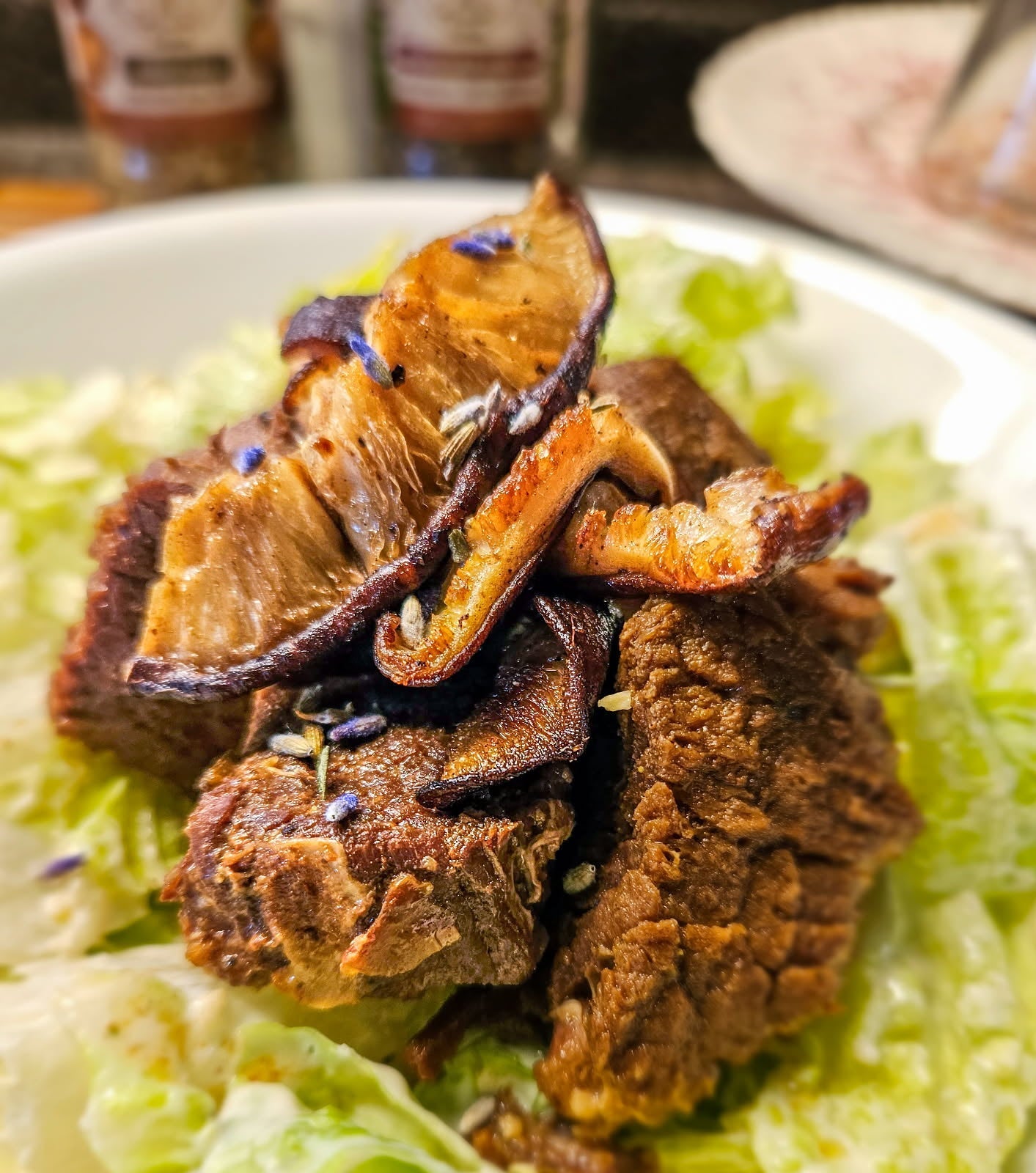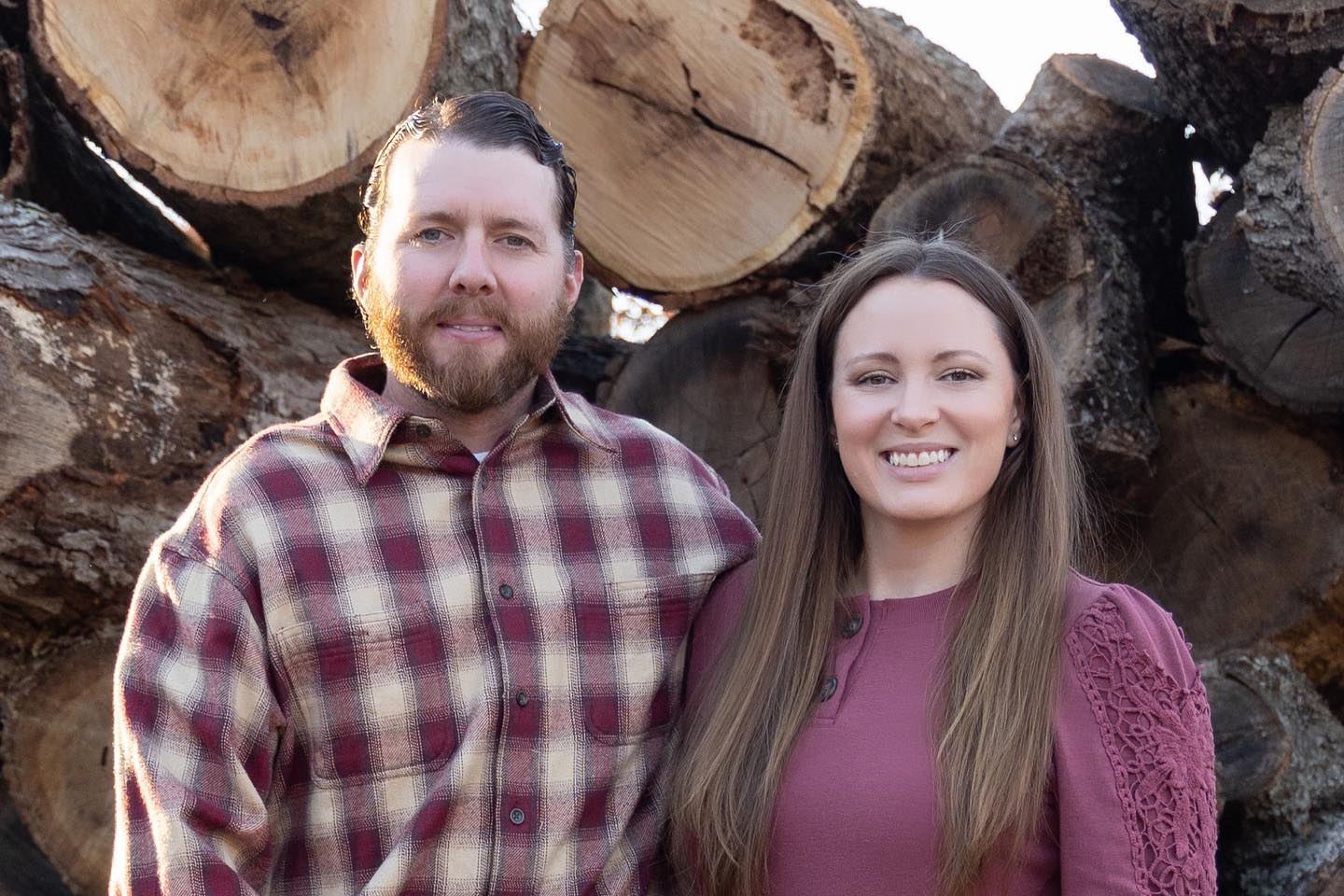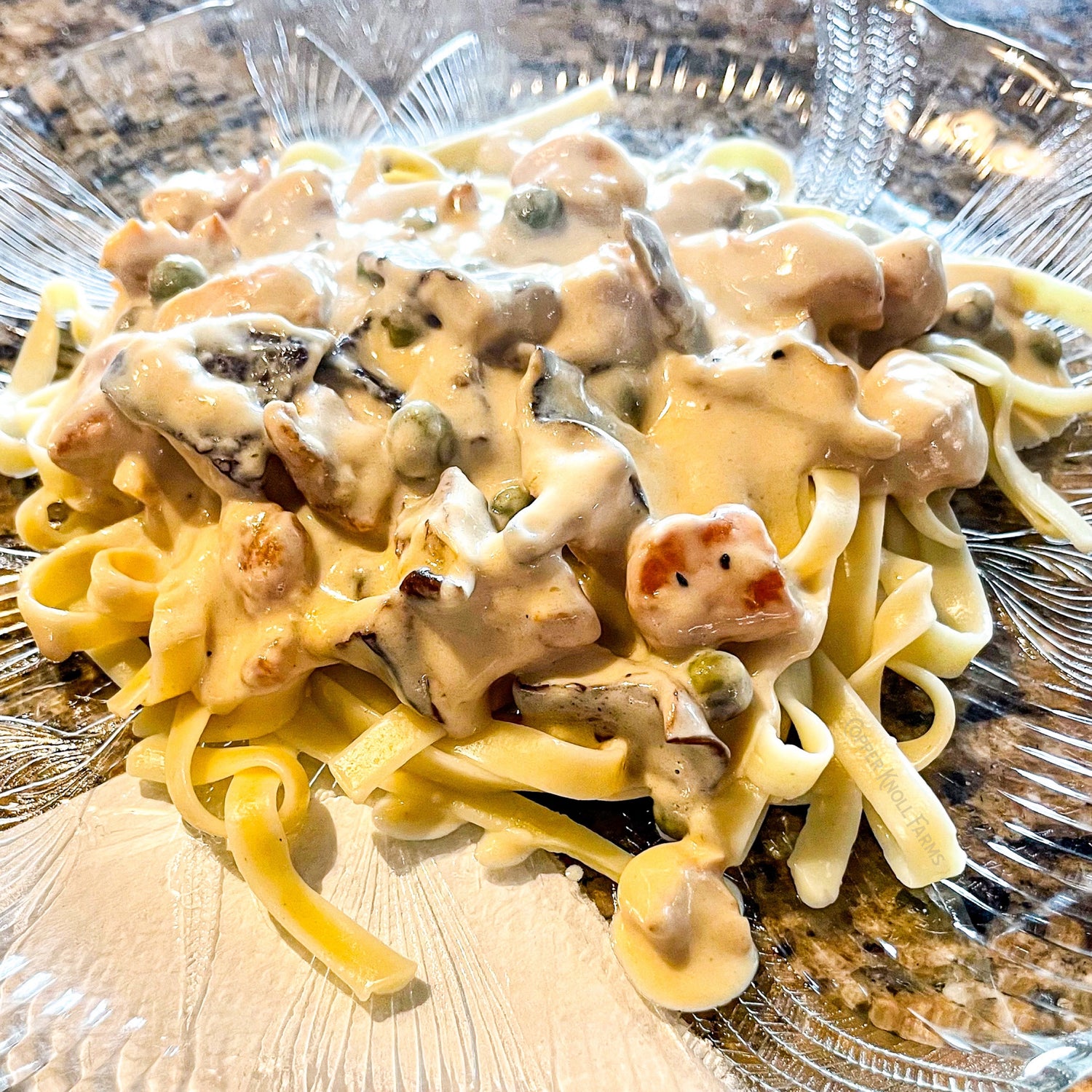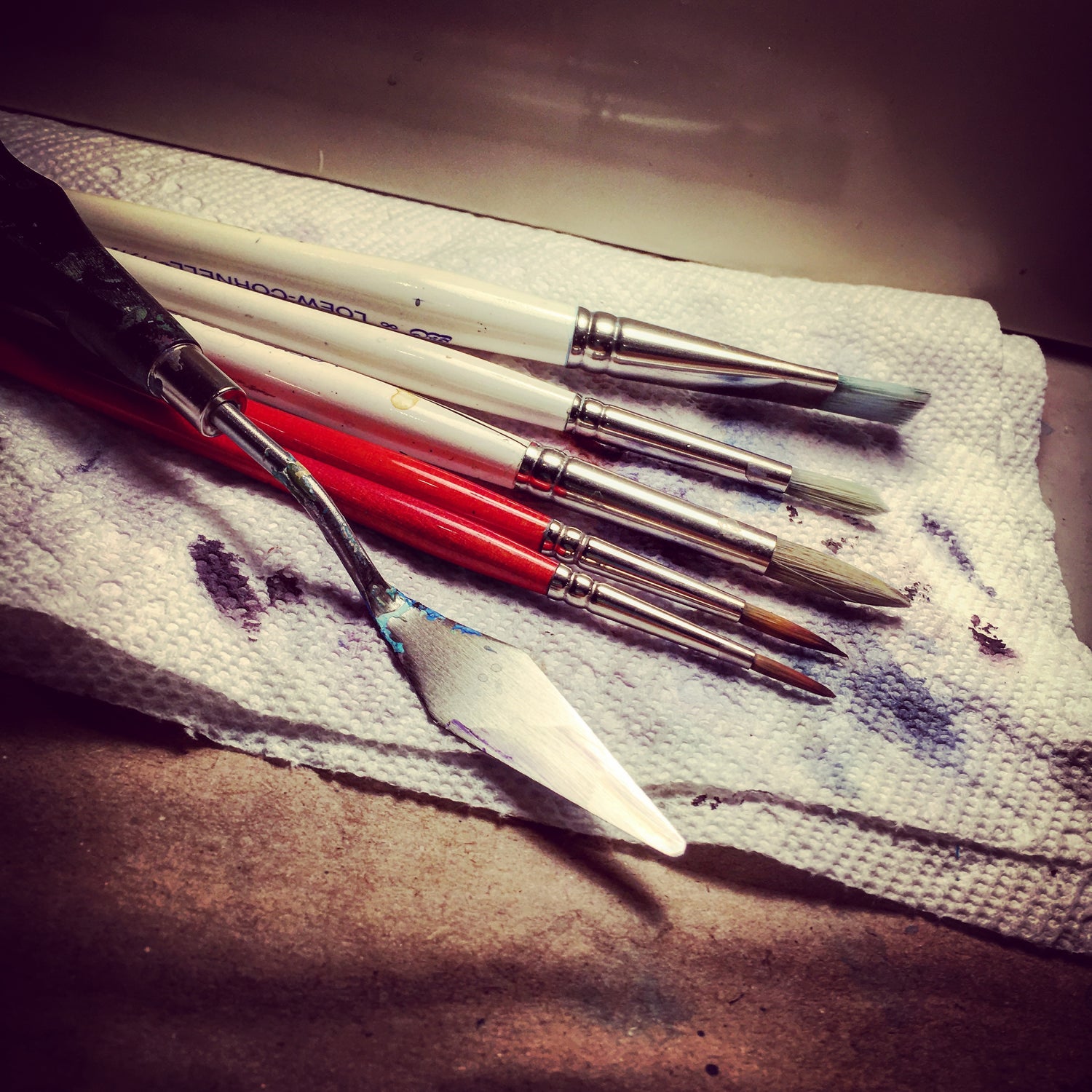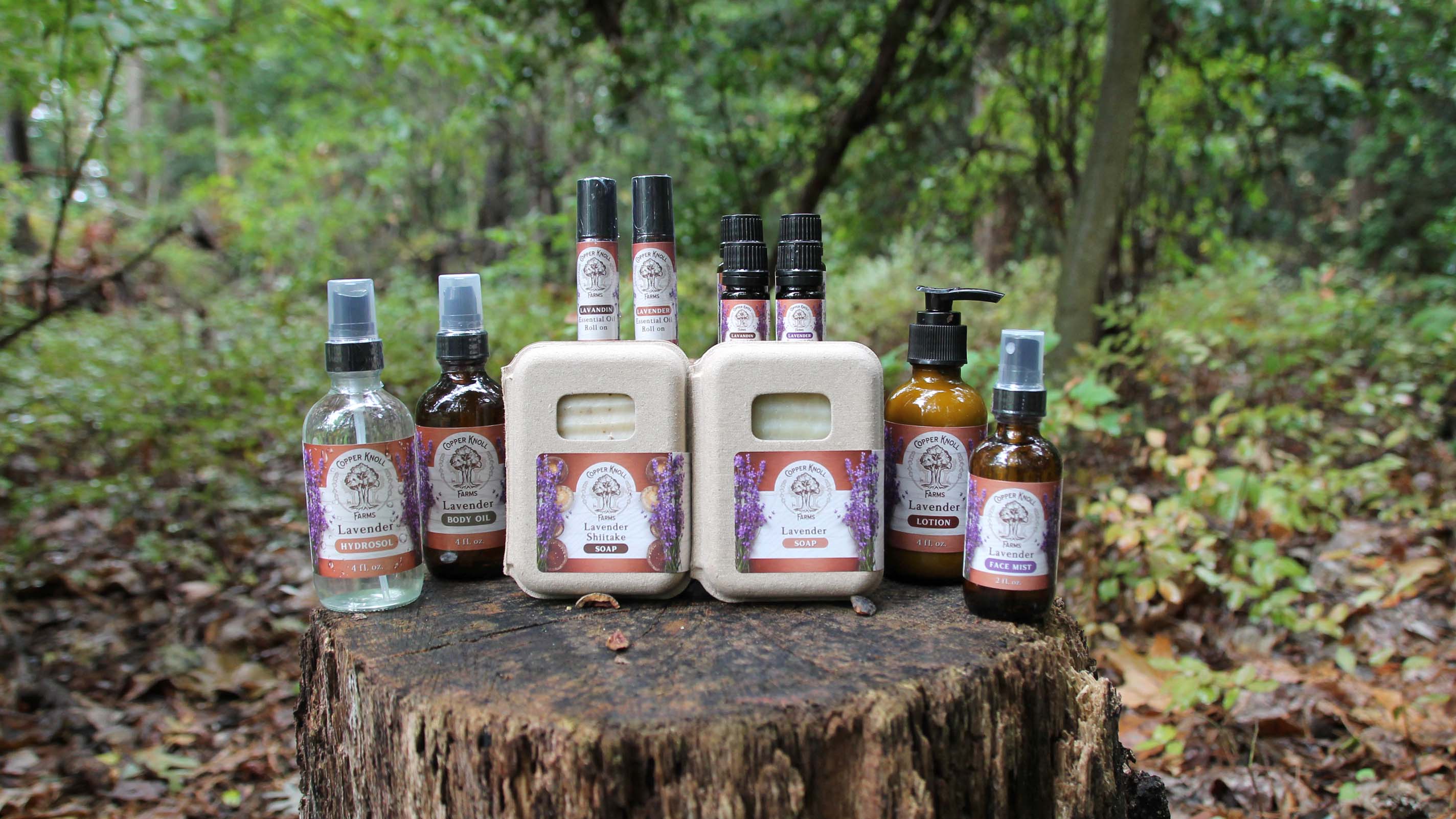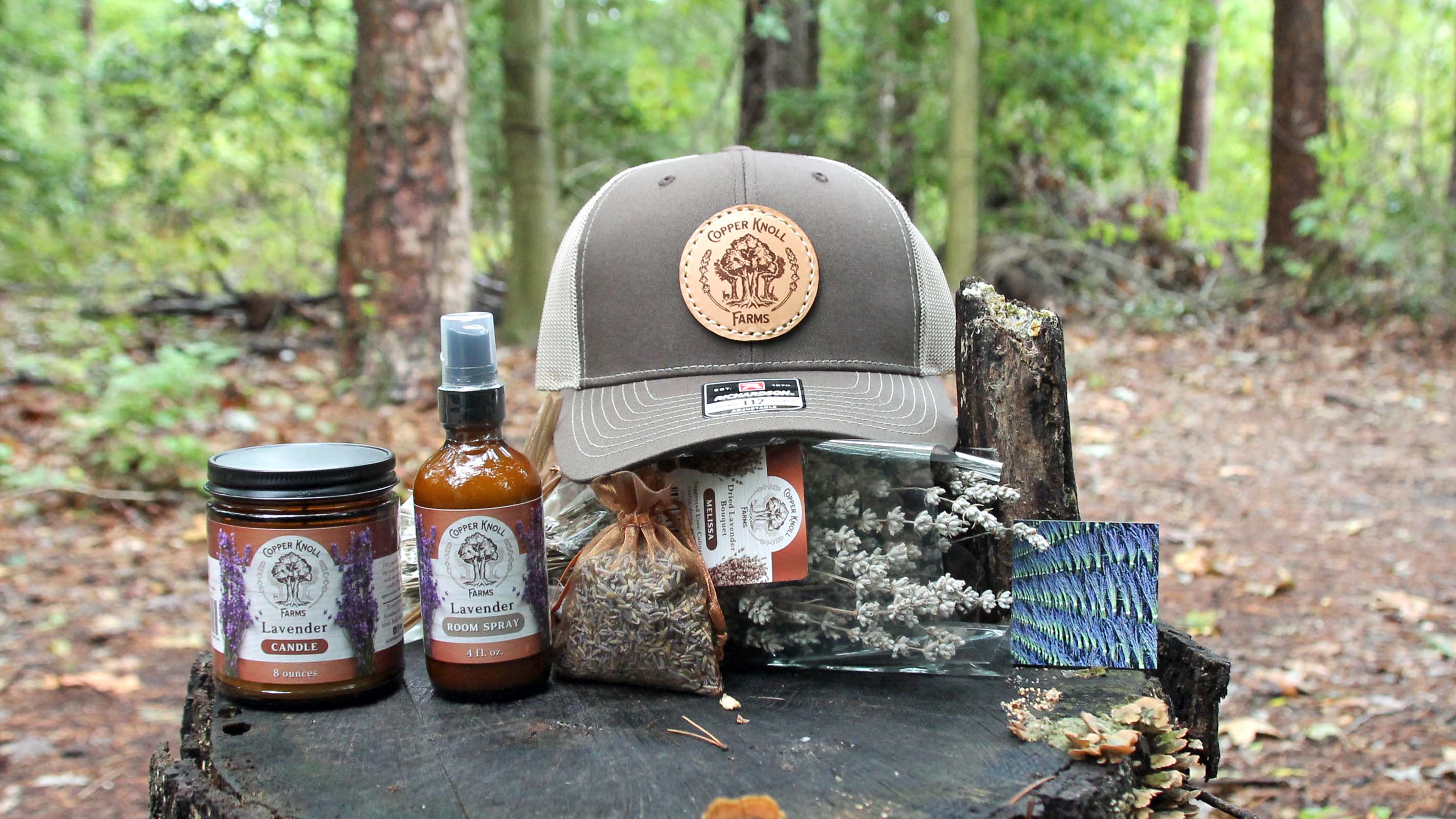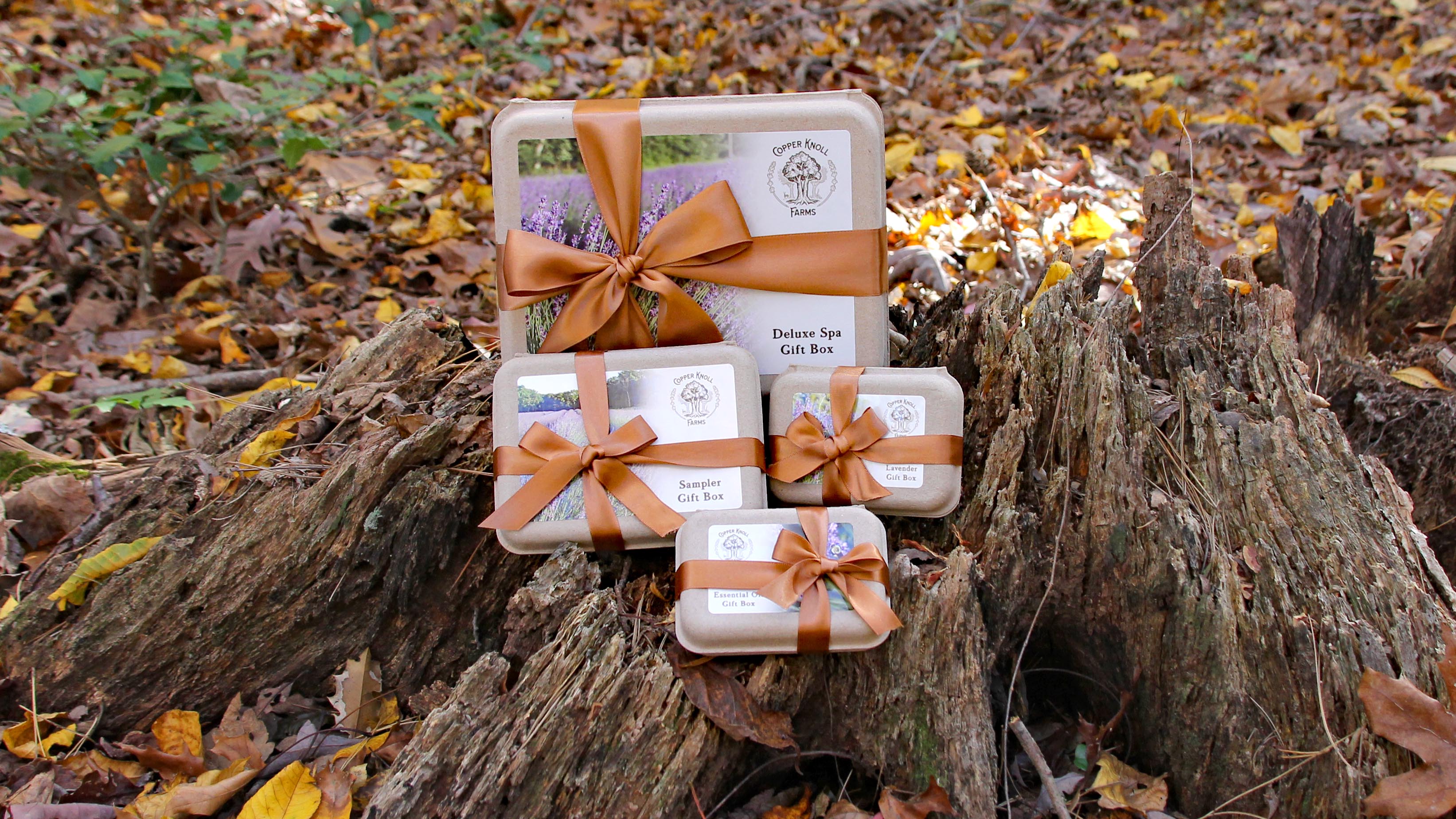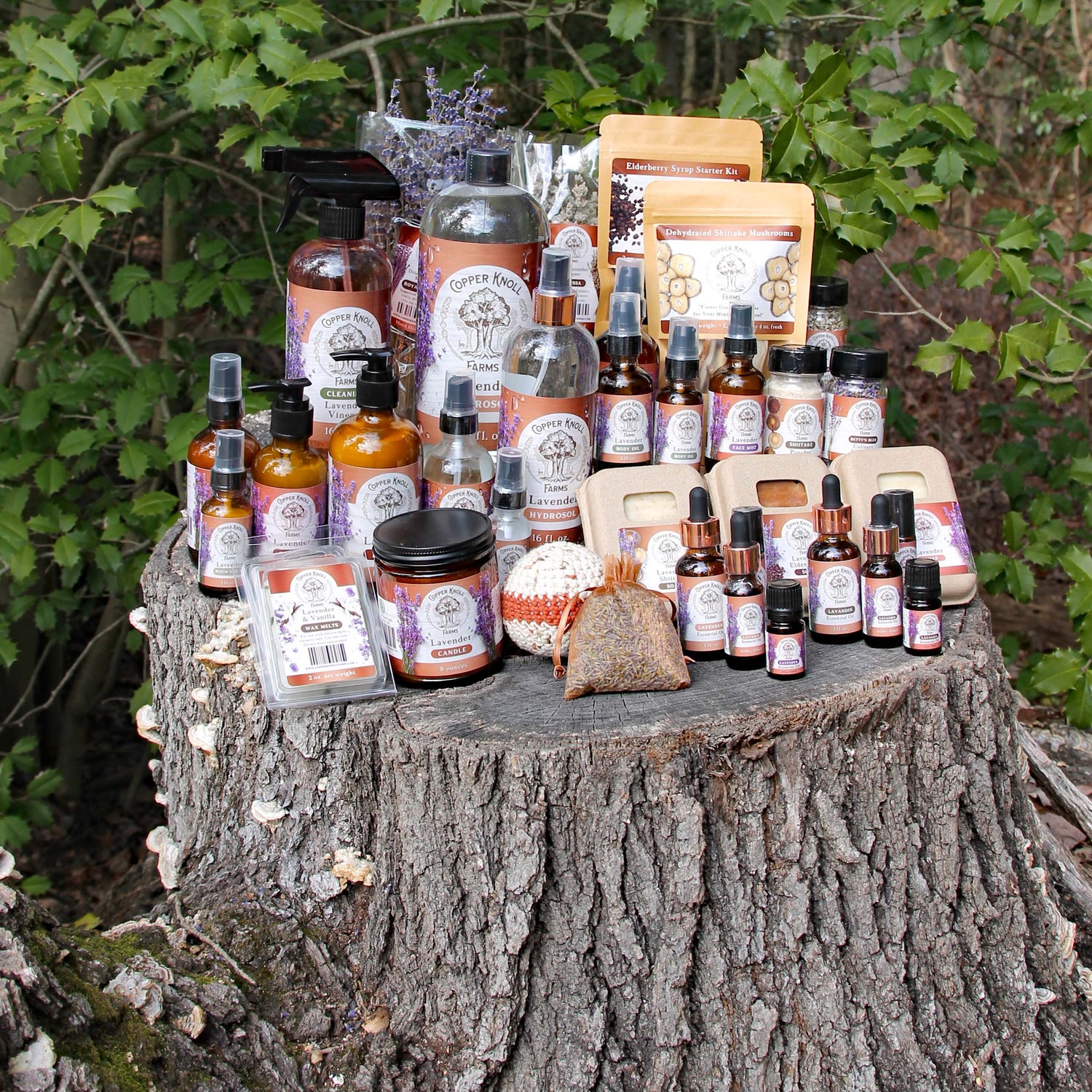Trimming Second Bloom Lavender
As the seasons transition, some varieties of established Lavandula Angustifolia reveal a delightful surprise—a second bloom in late summer or early fall. While not as abundant as the initial spring display, this second wave of blossoms offers a chance to extend the beauty of your lavender garden, providing additional flowers for the bees and the opportunity for a late-season harvest. But it is also important to know when and how to trim your second bloom to help your lavender plants prepare for the winter months.
Choosing Your Tools: Scissors, Sickle, or Hedge Trimmer?
For a handful of lavender plants, the simplicity of scissors or a sickle is ideal. These tools are perfect for those who wish to preserve the lavender for drying—whether for sachets or dried bouquets. Easily bundle the stems together, and if using a sickle, remember to wear Kevlar gloves and cut away from yourself.
If your lavender abundance requires a more efficient approach, a hedge trimmer becomes the tool of choice. This method is particularly effective if you intend to distill your lavender. Begin by trimming around the outside of the plant, shaping it into a ball, and then addressing the top. The hedge trimmer streamlines the process, making it suitable for those with extensive lavender gardens.
Trimming Techniques: Shaping and Preventing Woodiness
When trimming, cut the stems right above the wood, avoiding excess stem length. This technique is vital in preventing your lavender from becoming "woody." Shaping your lavender into a ball not only enhances its visual appeal but also contributes to a healthier and more robust plant.
Perfect Timing: The Last Trim Before Frost
Timing is crucial for the last trim of the season, ideally taking place 4-6 weeks before your region's first frost date. This strategic timing allows the new growth to strengthen and fortify itself against the impending cold temperatures. To determine your first frost date, consult the USDA Plant Hardiness Zone Map, ensuring that you count backward and mark your calendar for this pivotal trim. By aligning your actions with the climate of your region, you set the stage for a thriving lavender garden.
Tool Recommendations for a Seamless Trimming Experience
For those seeking reliable tools for the trimming process, explore our Amazon Favorites for carefully curated recommendations by clicking here. From scissors and sickles to hedge trimmers, these picks are chosen to enhance your lavender trimming experience. Find the link in our bio, and equip yourself for a seamless and enjoyable late-season harvest.
As late summer and early fall grace your lavender garden with a second bloom, embrace the opportunity to extend the beauty of this beloved herb while knowing the right time to give your plants a trim. Whether you opt for the simplicity of scissors or the efficiency of a hedge trimmer, preparing your lavender for a graceful transition into the colder months is an important step to keeping it healthy.
- Preserving the Forest: A Guide to Marking Standing Dead Timber
- Preparing Your Wood Stove for Winter: A Guide to Effective Chimney Cleaning



